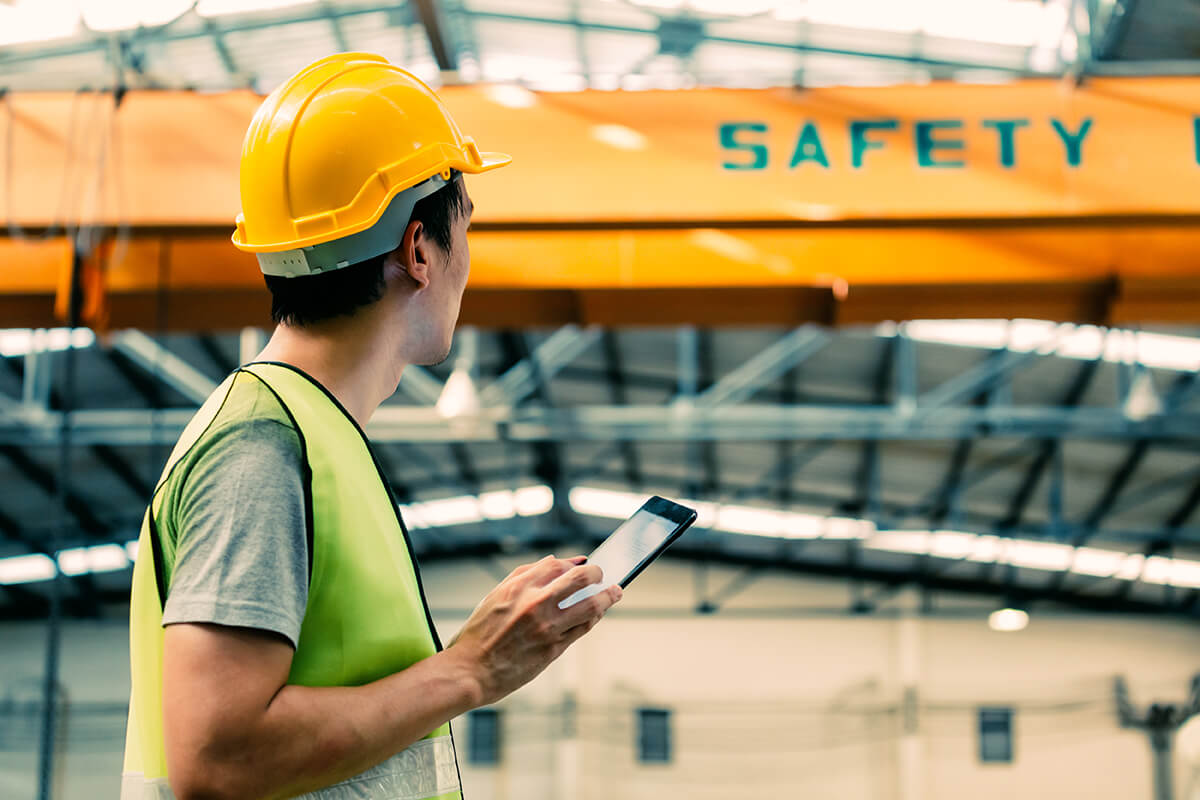The volume of workplace injuries and deaths has gone down over the years, but new challenges are always emerging. Additionally, the cost of workplace injuries and deaths still adds up to hundreds of billions of dollars, making this an issue of grave importance to businesses and other organizations.
As a leader in your workplace, it’s important to find ways to create and build upon a culture of safety. In this article, we’ve compiled a list five ideas of safety topics for meetings. Encourage your fellow employees to reconsider the “status quo” and identify and eliminate potential hazards.
1. Safety Audits
A good starting point for promoting a culture of safety and awareness is conducting a safety audit. Documenting your strengths and weaknesses during an audit will help you establish a baseline and measure your future progress as you approach various safety challenges.
Using the Safety and Health Program Audit Tool offered by the Occupational Safety and Health Administration is one option for documentation, as it organizes safety activities into seven categories:
- Management leadership.
- Worker participation.
- Hazard identification and assessment.
- Hazard prevention and control.
- Education and training.
- Program evaluation and improvement.
- Communication and coordination for host employers, contractors, and staffing agencies.
2. Slips, Trips and Falls
One of the most common safety issues at any workplace – and the most frequently cited OSHA standards – are hazards that can lead to someone falling and hurting themselves. It’s an issue everywhere from construction zones and industrial settings to offices. A piece of rebar or building material placed in an unsafe way offers the same hazard as a carelessly-strung power cable between desks. Taking time to consider the layout and high-traffic areas of your workplace can help you triage which hazards should be addressed first.
3. Fire Safety
Another topic that applies to every workplace is the mitigation of fire hazards and the ability to safely respond to a fire. As modern workplaces become increasingly dependent on computers and other digital tools and often host their own internet infrastructure, making sure workers are doing everything they can to account for electrical fires is an important topic. The same applies to any industry that uses corded or cordless tools or performs hot work.
It’s also worth discussing the fire suppression methods available at the worksite, including portable and fixed fire suppression systems, which can be dangerous if used improperly, as well as fire evacuation plans.
4. Stress and Overwork
A topic that is getting more attention from safety professionals and researchers in recent years is the impact of stress on workplace safety. In addition to its negative impact on productivity, stress can also affect safety because it can:
- Be a distraction for workers.
- Contribute to workplace violence.
- Lead to workers taking shortcuts.
- Lead to substance abuse.
When discussing stress with your employees, it’s important to exercise empathy and compassion, but it’s just as important to follow through with practical ways to help them relieve stress. Whether it’s allowing employees to completely disconnect outside of work hours or being purposeful about including gap time during workdays or slow seasons during the year, leaders need to be prepared to support their teams with actions as well as words.
5. Workplace Ergonomics
The most common source of emergency room visits and time away from work is musculoskeletal issues. Although many of these visits are the result of sudden trauma from a workplace injury, in many cases that trauma has been caused by repetition or consistent misuse of one's body while at work. Often manifesting in issues like back or joint pain, spinal injuries, or pain in the hands or arms, these issues sometimes arise when not enough attention is paid to worker ergonomics and safety.
Occupational Safety and Health Education
For safety professionals, staying up-to-date about health and safety issues in the workplace is just one of the many ways to help you get the job you want. Education is another important factor.
Here at Columbia Southern University, we offer online degree programs at the associate, bachelor's, master's, and doctorate levels in occupational safety and health. To learn more about CSU and our online safety degree programs, visit our website.






